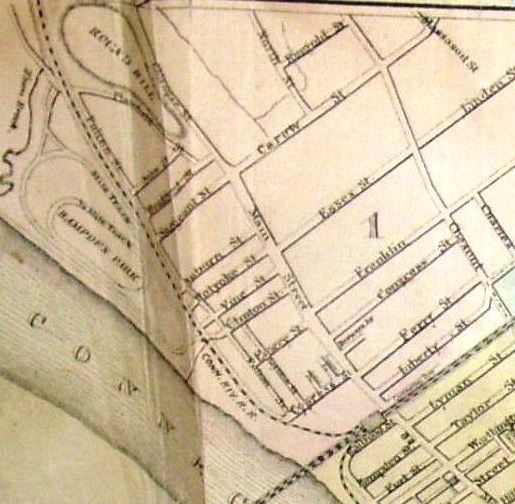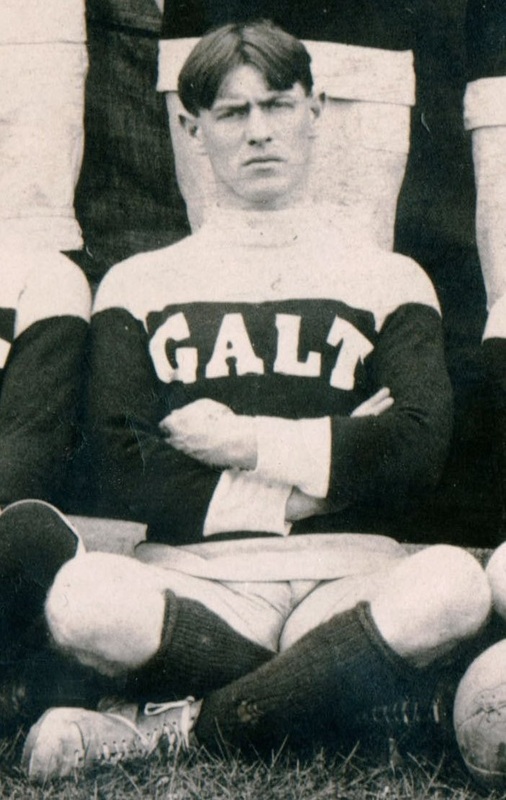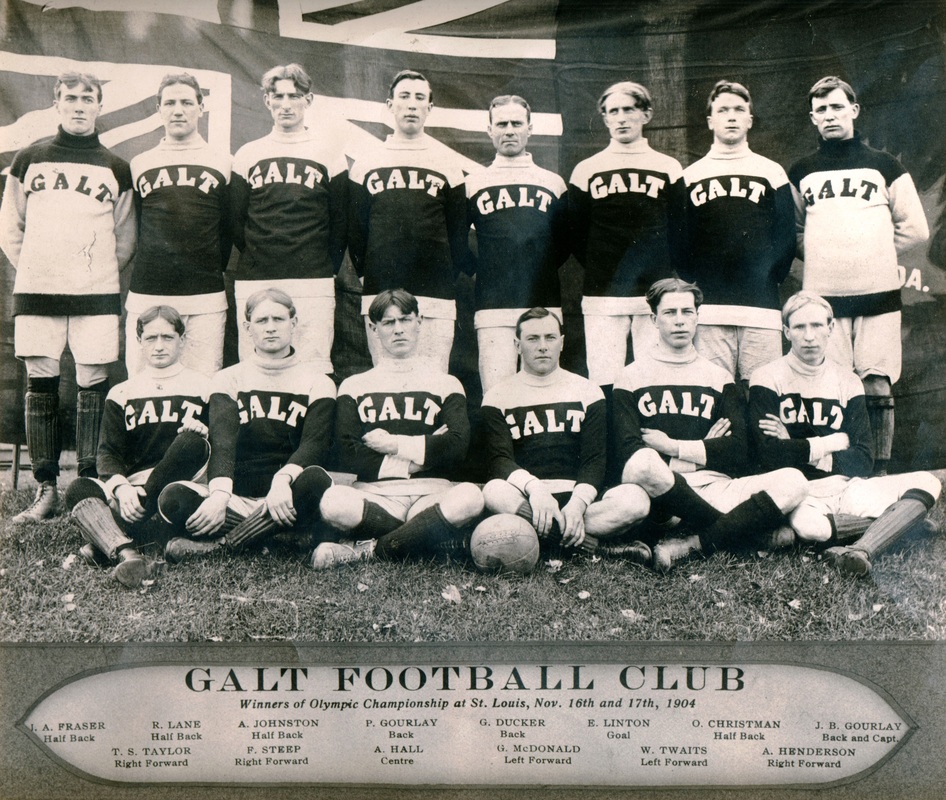What few people realise, however, is that there was another sports stadium called Hampden Park in existence long before the Scottish one was thought of, in fact before Queen's Park was even founded: it opened way back in 1853 in Springfield, Massachusetts. It was laid out by the Hampden Agricultural Society and had a long and varied history as host to baseball, bicycling and horse racing, not to mention a mustering site for the American Civil War.
You can see what it looked like in the fine colour engraving above, which was produced by the Springfield Bicycle Club in 1886 to promote a championship meeting at the ground. Around 1940 it changed its name to Pynchon Park, then in 1966 the grandstand burned to the ground in a mysterious fire. That was the end for the stadium and the site is now a car park for an industrial estate; you can see more photos and background at this link and also read about its history here.
The common link between the American version and the Glasgow stadium is that they both ultimately owe their name to the English patriot John Hampden, although by different routes. In Connecticut, Hampden County was established around the town of Springfield in 1812, so it was a natural choice of name for the owners.
In Glasgow, however, a terraced row of houses was named Hampden Terrace by the builder George Eadie around 1870 (he himself lived in Hampden Park Villa), and when Queen's Park built their football ground overlooked by this new street they simply decided to name their ground after the nearest set of buildings. While the choice of an English statesman may seem strange for a Glasgow suburban street, this was not Eadie's only such choice: the east end of Hampden Terrace was originally called Cobden Place, after the Liberal politican Richard Cobden.






 RSS Feed
RSS Feed